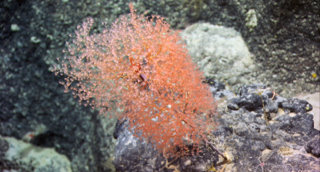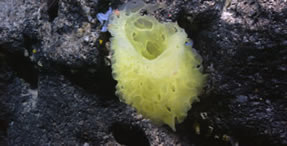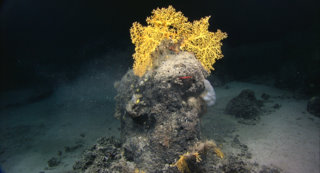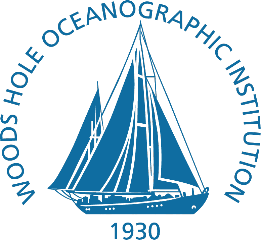Barcode Database for Seamount Life
Seamounts
 |
| Shrimp on a Chrysogorgia coral. Credit:Deep-Sea Stepping Stones Research Team/IFE-URI/NOAA |
Seamounts are present throughout the world’s oceans, across a wide range of latitudes and depths with diverse geological histories and ages. Most seamounts are volcanic in origin and provide an elevated habitat with hard substrates and accelerated currents in realms largely dominated by relatively flat abyssal plains. While seamounts have been known since the 19th century, our notions of how these deep-sea promontories host biological communities, and what factors are important for creating, structuring, and maintaining those communities remain largely unknown. Indeed, we are just beginning to understand the diversity of species that live in these communities.
Barcode of Life
 |
| Yellow Ferria sponge. Credit:Deep-Sea Stepping Stones Research Team/IFE-URI/NOAA |
The goal of the “Barcode of Life” project is to enable a practical method for rapid identification and investigation of the estimated 10 million species of life on Earth. The method consists of obtaining DNA sequences from particular genes* that provide unique species identifiers. The proven scientific benefits of barcoding across the diversity of life have now been shown through: 1) enabling identifications in conjunction with traditional taxonomic methods, or where traditional methods are insufficient or unavailable 2) facilitating species recognition, including flagging specimens that may represent new species, 3) encouraging new technologies for DNA analysis (usable in field programs), and 4) providing key insights into the evolutionary relationships of life through phylogenetic barcode analyses.
Seamount Barcoding Association
 |
| Yellow Enallopsammia coral. Credit:Deep-Sea Stepping Stones Research Team/IFE-URI/NOAA |
The Seamount Barcoding Association (SBA) is designed to provide a primary data exchange product of this effort. This is a publicly available, web-accessible database that contains specimen and taxonomic information linked to DNA barcodes for seamount fauna. The information gathered here will not only provide the benefits mentioned above, but will also allow the development of genetic models for environmental impact assessments of commercial and conservation activities on seamounts.
*Barcoding has traditionally relied on a ~650 DNA base-pair fragment of the mitochondrial gene Cytochrome Oxidase I gene (COI). However, in organisms for which there is strong evidence suggesting that mitochondrial genes evolve slowly, such as corals, the COI sequences are functionally non-effective. In these cases, other "barcoding" genes along with morphological characterizations are employed to distinguish species.
 |
 |

